If you've always wanted to visit the Monarch Butterfly overwintering grounds in Mexico, it may be easier to get there than you think! Millions of monarchs migrate to the Oyamel Forests in Central Mexico every year around the first of November and stay until the beginning of March. |
AuthorRebecca Chandler Archives
March 2024
Categories |

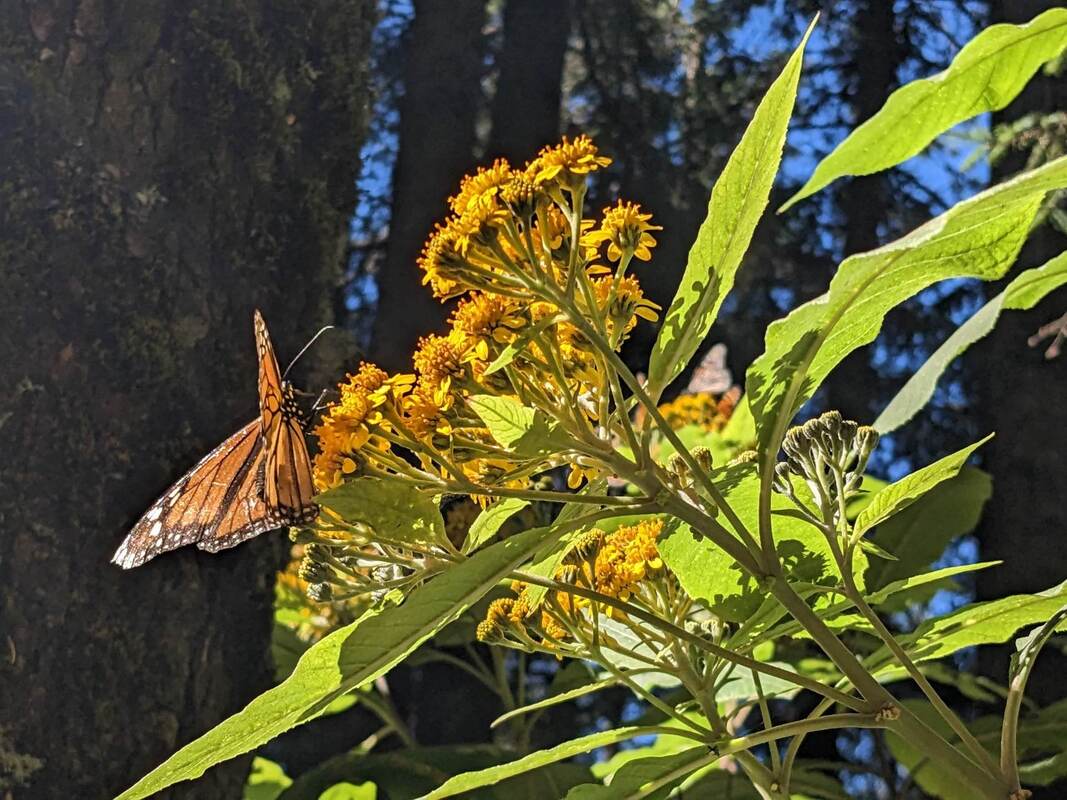
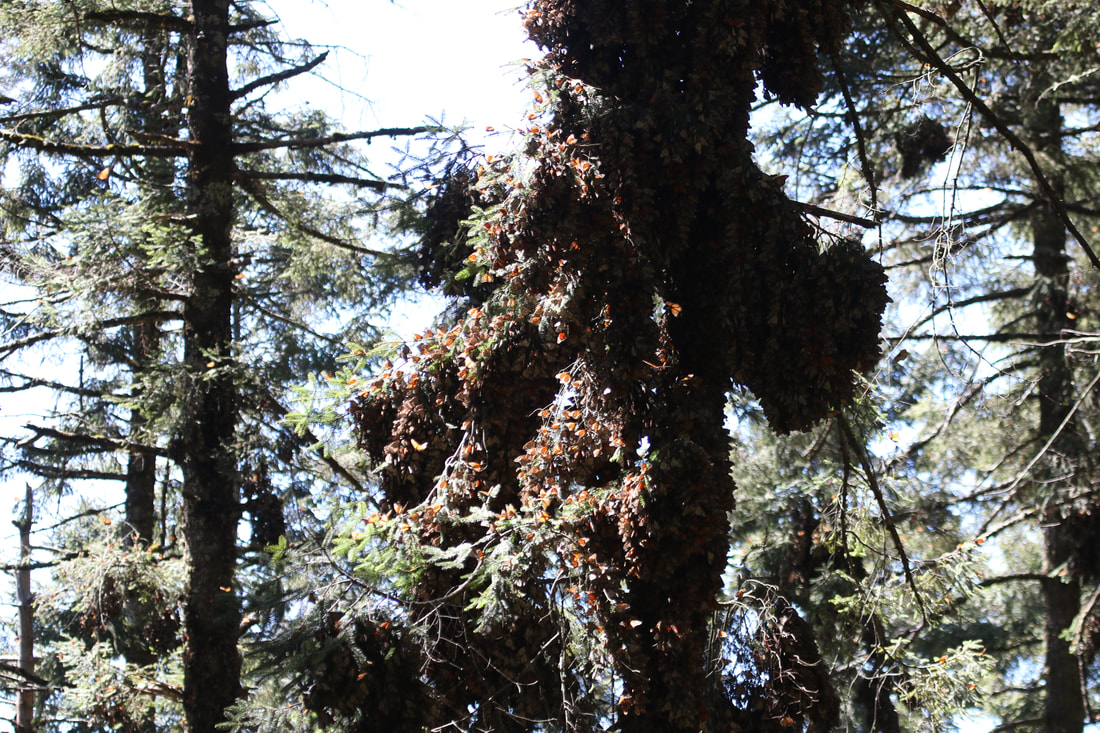
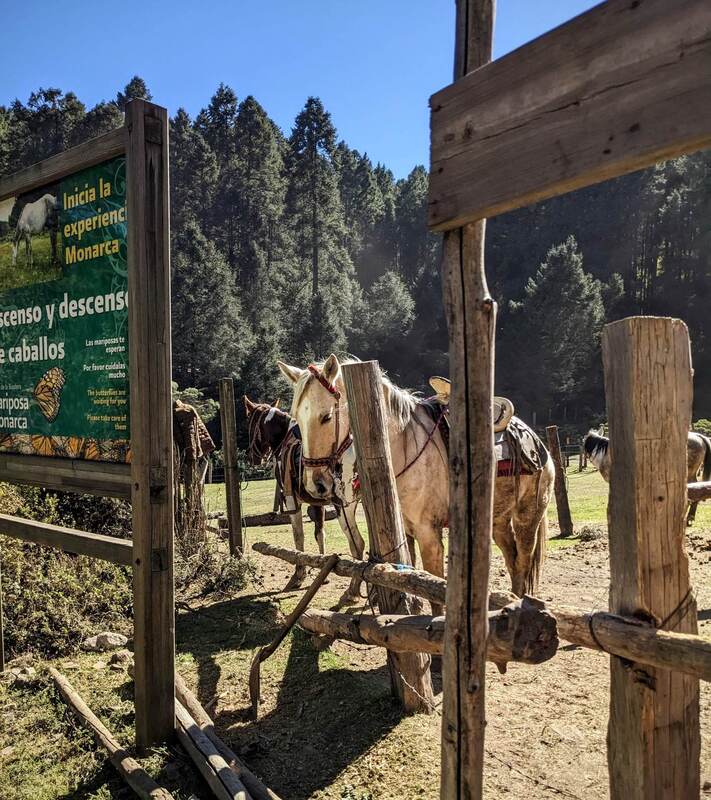
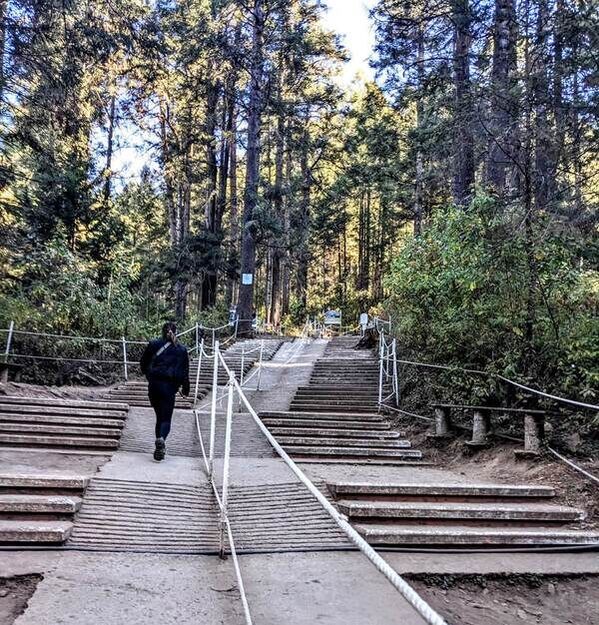
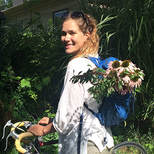
 RSS Feed
RSS Feed